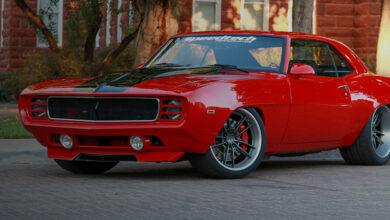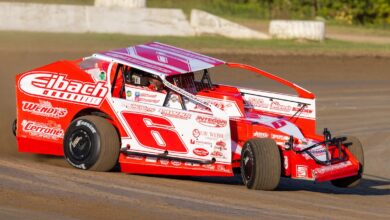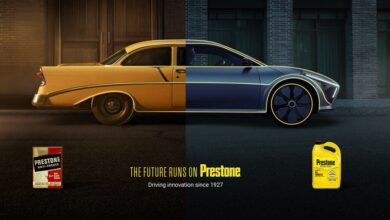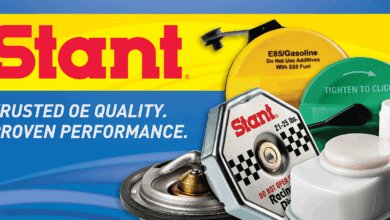Jeep JL Platform Provides Design Challenges in the Automotive Aftermarket

The new JL platform from Jeep quickly became one of the most significant introductions from carmakers in years. Like every other Jeep platform, opportunities for aftermarket manufacturers to modify, lift and design came quickly after the introduction.
For aftermarket drivetrain engineers, working on the new Jeep JL platform provided design challenges when it came to the ring and pinions. The JL launched with a new combination of differentials, including the D44JL Rear (M220), D44JL Front (M210) and D35JL (M200), with ring and pinions designed for higher efficiencies.
About This Sponsored Content
RANDYS Worldwide has been engineering aftermarket drivetrain parts for over 20 years. RANDYS engineering starts with off-road and performance racing where the most brutal of forces all converge. The Yukon Gear & Axle brand by RANDYS is proven in quality and performance and leads the aftermarket in gears, axles, lockers, kits and more. Call RANDYS at 866-887-4487 to talk about your build and get the most out of your investment. RANDYS is your one-stop-shop for all your drivetrain needs.
Whether this had to do with increased mileage requirement or powertrain revisions, differential modifications were required throughout the platform.
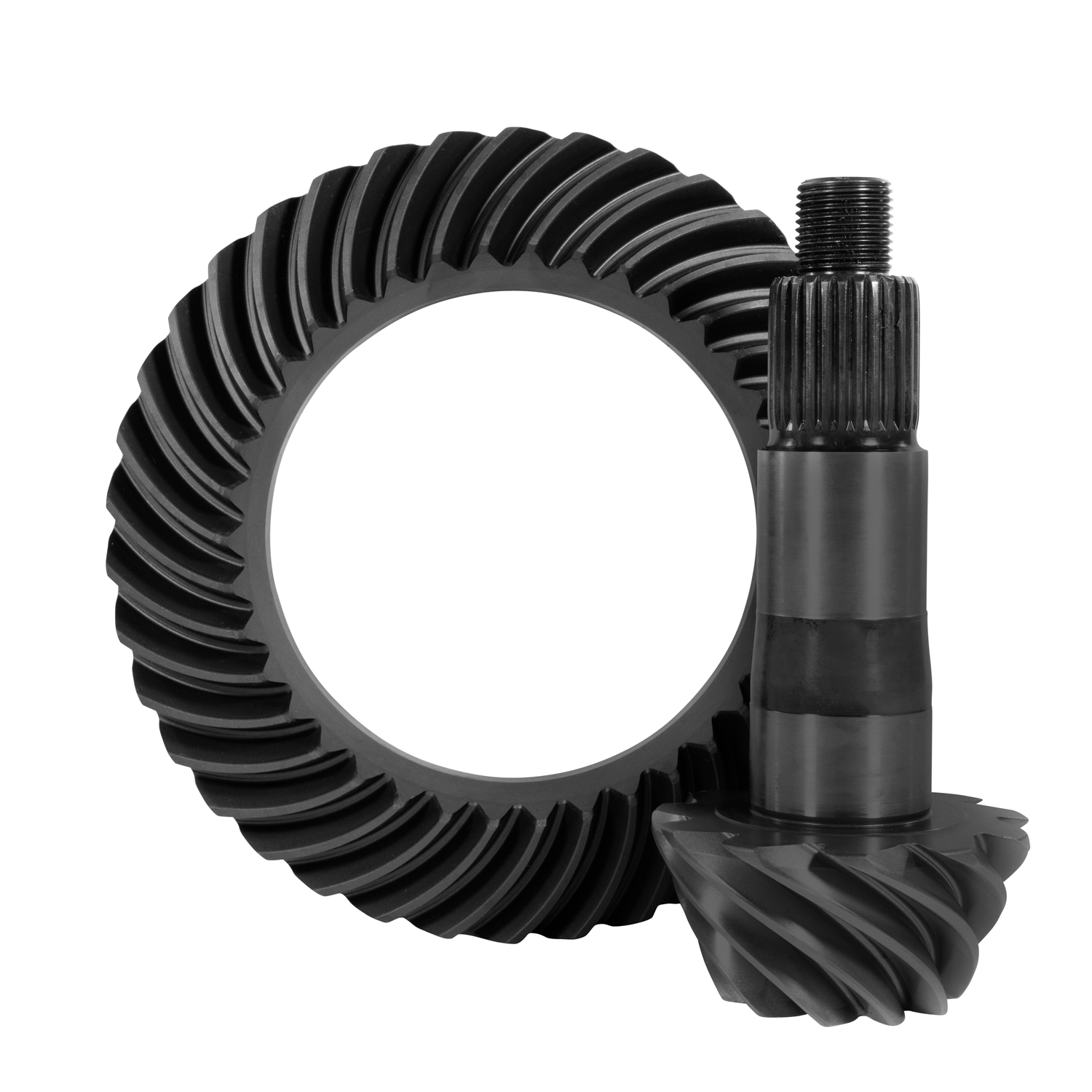 From a design perspective, this factory revision denotes a decrease in the hypoid offset from previous JK designs, resulting in a smaller pinion head diameter with increased loading on the teeth. Stronger alloys, specifically with an increase in the nickel content, are required to handle the increased loads. The nickel content plays a crucial role because it provides higher tensile and yield strength along with improved impact properties.
From a design perspective, this factory revision denotes a decrease in the hypoid offset from previous JK designs, resulting in a smaller pinion head diameter with increased loading on the teeth. Stronger alloys, specifically with an increase in the nickel content, are required to handle the increased loads. The nickel content plays a crucial role because it provides higher tensile and yield strength along with improved impact properties.
Currently, much of the steel used in automotive gear applications is 8620 alloy steel. In most applications, the 8620 will last through years of driving for common gear types. But with the new differential design, gears made with 8620 alloy steel could chip and have overall reduced strength over long term use.
Most aftermarket manufacturers recognized the design change; that was the easy part. Yukon Gear & Axle recognized that the design change required improvements to the metallurgy as well.
Recognizing the significant changes in the OE gears for the JL platform, Yukon Engineers examined countless material and heat treatment options to effectively deal with the new hypoid offset. Using spectrometer-based testing, gears were sectioned and tested for material composition.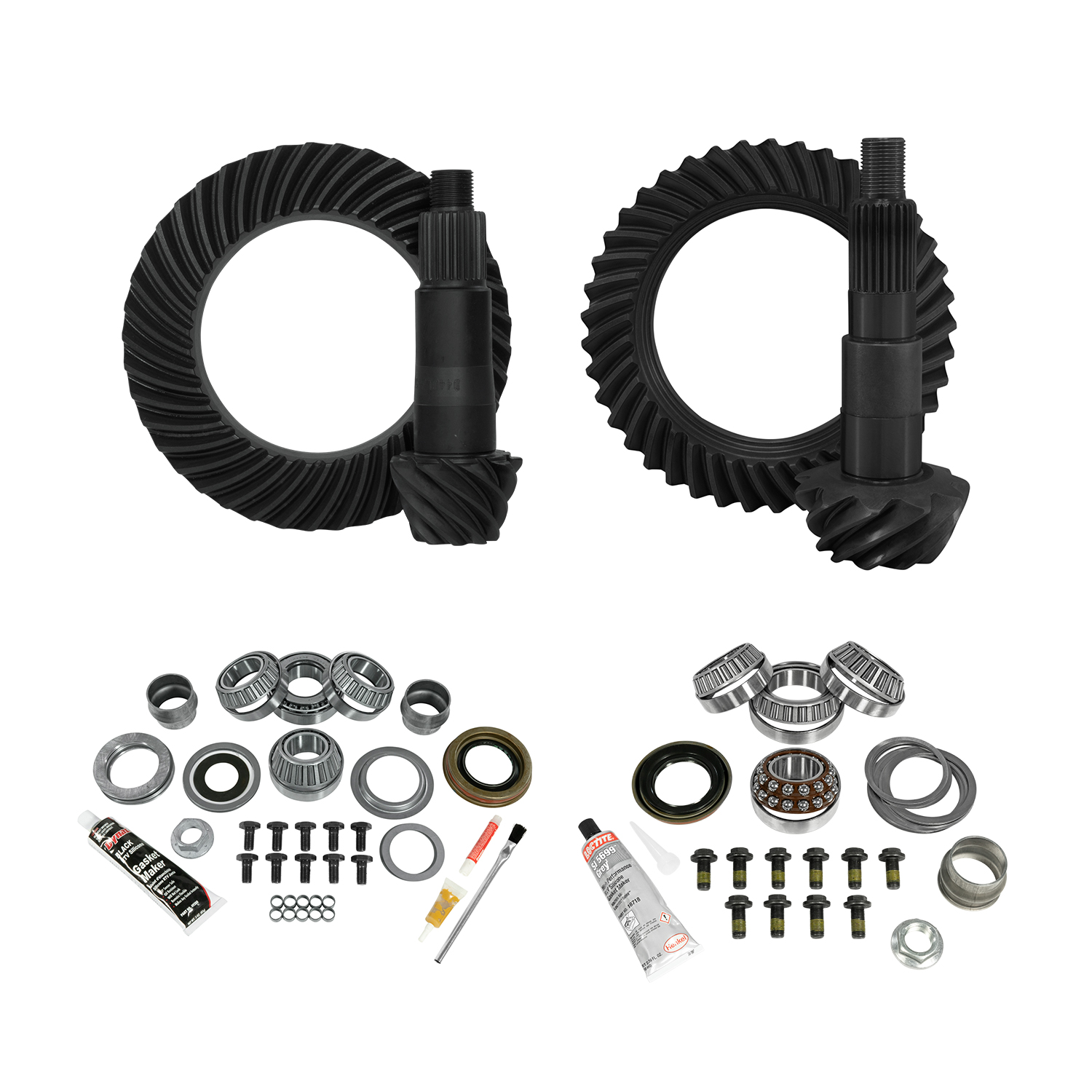
Upon completion of the study, the engineers determined a higher strength 4320 alloy material is needed for the JL ring and pinion to hold up to the abuse and provide even higher strength than that of the JK.
4320 steel, which is often used in industrial, tractor-accessory and even aircraft applications, possesses higher nickel content and a case-hardened exterior, making it the right choice of material for durable ring and pinions. Based on the gear tooth profile, contact stress and fatigue from performance use, the 4320 gear properties exceeded the parameters needed for the higher strength gears and is now used in Yukon Gear & Axle’s JL differential products.
Choosing higher strength and quality components—whether it’s for gears, traction, lifts or steering—lowers the risk of a part failure and a costly return. Shops that are installing these parts know that a single return can cost a lot of money and eat into any profit made on the initial sale. Every installer should be doing what they can to make sure their customer is getting safely to and from the trails and that the only return visit is to add whatever is next on their list of modifications.
Here are a few tips and tricks for ring and pinion installation on all platforms, including the JL:
- The days of huge pinion variation numbers are long gone. Because tooling and tolerances are much tighter and consistent, manufacturers no longer need to etch the end of the pinions with cryptic numbers indicating how far off the gears are from the blueprints.
- If you don’t have a pinion depth setting tool on hand, you can look up a recommended starting depth in the installation instructions.
- A common mistake made when reading patterns is concentrating on the heel/toe placement of the pattern. The primary concern should be getting an oval/football-shaped pattern centered from the root to the face of the gear. If the pattern has a flat edge on either the root or the face, that is an indication that a pinion depth adjustment should be made.
As with any question on differential or drivetrain installation, you can call Yukon at 800-347-1188 and get in touch with the tech line at Ext. 5599.
